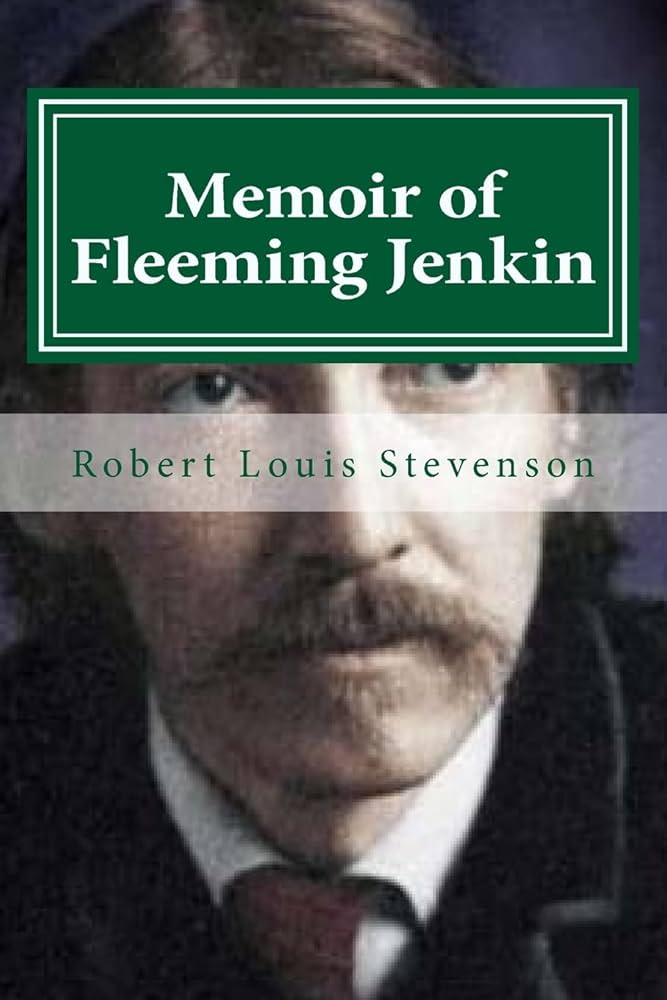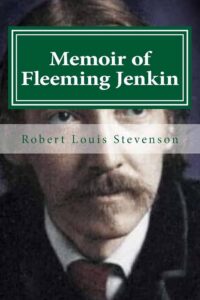Chapter III — Memoir of fleeming Jenkin
byChapter III — Memoir of Fleeming Jenkin presents the critical phase between 1851 and 1858, when Jenkin’s development as an engineer, thinker, and partner took shape. After the passing of Aunt Anna, his family relocated from the sunlit familiarity of Genoa to the smoke-laden streets of Manchester. This transition exposed him to the gritty realism of industrial Britain, contrasting sharply with the colorful vibrancy he had known. Yet, rather than feel diminished, Jenkin thrived—immersing himself in an apprenticeship at Fairbairn’s works, where practical labor met disciplined study. He welcomed each task as a step forward, embracing machinery and mechanics while drawing upon his cultivated sense of art and proportion. In his view, engineering was not separate from beauty but an expression of it through precision, utility, and structure.
While working at Fairbairn’s, Jenkin observed the lives of both laborers and engineers, bridging two social spheres with ease and empathy. A strike at the works, deeply etched into his memory, brought him face-to-face with labor unrest and the underlying tensions between management and workers. This encounter shaped his lifelong awareness of social equity and the importance of communication between classes. He began to see engineering not only as a means of progress but as a tool for improving human conditions, particularly through education. His intellectual appetite was immense—Greek architecture, Leonardo’s notebooks, and maritime navigation were not passing interests but subjects he engaged with deeply. Each exploration revealed his belief that science and art need not conflict, but rather could elevate one another when understood through a thoughtful lens. With each day in Manchester, Jenkin grew more assured of his place in a world that required both moral reasoning and mechanical skill.
As the decade progressed, Jenkin’s personal life began to mirror the maturity found in his professional pursuits. His engagement to Anne Austin marked not just a romantic chapter, but the union of two intellectually driven souls. Anne, raised in a home filled with books, questions, and ideals, complemented Fleeming’s earnest temperament and sharp mind. Their courtship was built on meaningful letters, shared convictions, and a genuine respect for each other’s intellect. With Anne, Fleeming found a partner who inspired his best traits—compassion, curiosity, and conviction. Their relationship was more than sentimental; it was aspirational, each encouraging the other to reach higher. The tone of his letters during this time softens, not in intellect but in affection, reflecting a heart gradually opened by trust and understanding.
Parallel to these personal milestones, Jenkin’s work in marine telegraphy began to accelerate. Under the guidance of Messrs. Liddell & Gordon, he stepped into complex assignments requiring innovation, precision, and resolve. The laying of submarine cables was both physically grueling and technically demanding, yet he found satisfaction in each successful connection. These projects tested not only his technical knowledge but also his adaptability and endurance. In moments of exhaustion and success alike, he often wrote to Anne, using their bond as a source of strength. Through these letters, we gain insight into a mind that refused to separate work from life, and a heart that found purpose in connection—both literal and emotional.
By the end of this phase, Fleeming Jenkin had become a man defined not simply by knowledge, but by the application of it in service of something greater. His engineering skills, wide-ranging intellect, and growing sense of social responsibility set him apart as more than just a tradesman—he was a thinker shaped equally by logic and compassion. The balance of craft and conscience, ambition and humility, emerges as a defining feature of his character. What began as an apprenticeship matured into a vocation, supported by love and enriched by inquiry. In tracing this journey, the chapter captures the transformation of a young man into a figure of purpose—ready to meet the challenges of invention, service, and enduring partnership.


